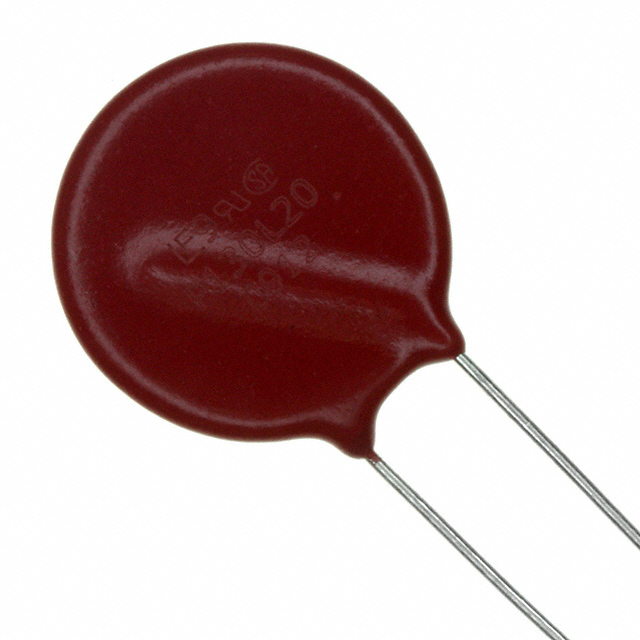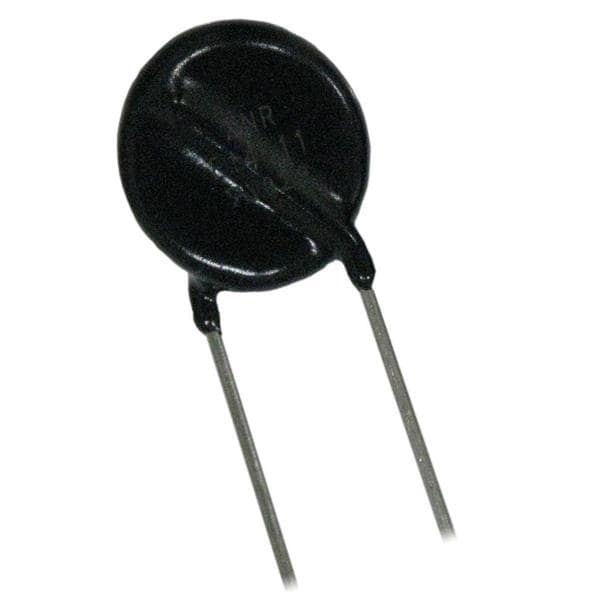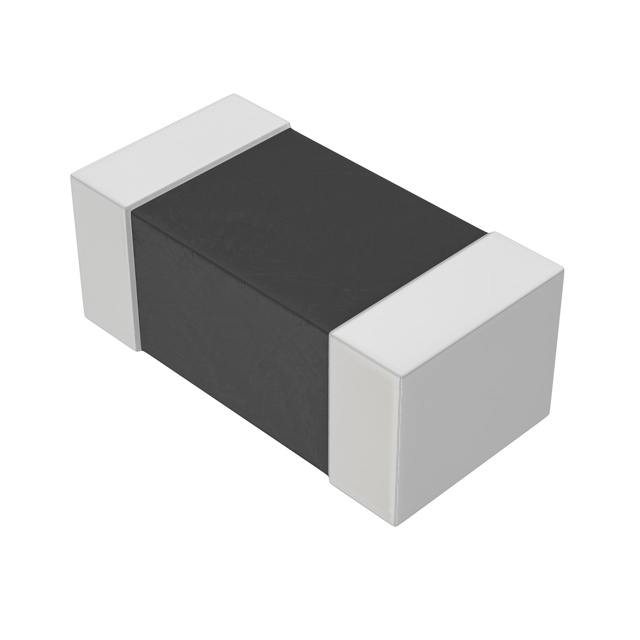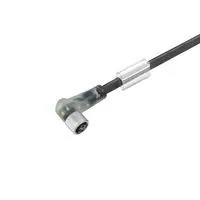
Wearable Health Electronics: Tiny Boards, Big Vibes
Global electronic component supplier ERSAELECTRONICS: Rich inventory for one-stop shopping. Inquire easily, and receive fast, customized solutions and quotes.
Overview
Wearable health electronics are the **friendly neighborhood sidekicks** of modern medicine—more Spider-Man than Iron Man: agile, close to the body, and surprisingly clever for their size. A watch that spots a rhythm hiccup, a ring that learns your recovery curve, a patch that whispers about hydration—none of this works without a quiet orchestra of **sensors, low-noise AFEs, accurate ADCs, a power tree that minds its manners**, and code that knows when to speak up.
A great wearable lives by three rules. First, **measure honestly**—tiny signals, big discipline. Second, **spend power like a miser**—this is the way, Mando. Third, **be transparent**—explain uncertainty, sync with the phone, and log what matters. Do that, and your product feels more Wednesday Addams (calm, unflappable) than drama-queen gadgetry.
.png?x-oss-process=image/auto-orient,1/quality,q_70/format,webp)
User Stories & Requirements
Real wrists and fingers don’t read spec sheets. They sweat (hello, Dune stillsuit fantasy), swing wildly on runs, and live under LED billboards. Translate that into engineering:
- Accuracy vs. battery: Publish numbers that hold on Tuesdays. Duty-cycle wisely; log confidence, not bravado.
- Comfort & fit: Mechanical preload for PPG and ECG, but avoid pressure marks. Textures matter more than marketing.
- Latency & UX: Trending can be slow; alerts may not. Precompute on-device, summarize on phone.
- Privacy: Sensitive data by default. Local first, opt-in cloud, clear consent text a human can read.
System Architecture
Think in rings: **Sensing** (PPG/ECG/temp/IMU) → **Readout** (AFE/ADC) → **Compute** (MCU/SoC) → **Connectivity** (BLE/NFC/Wi-Fi) → **Power** (PMIC/battery/fuel gauge) → **Safety & logging**. The board is tiny, so discipline beats brute force.
.png?x-oss-process=image/auto-orient,1/quality,q_70/format,webp)
Sensing Layer: PPG, ECG, Bioimpedance & Temperature
PPG (photoplethysmography) is your Loki variant detector for blood volume changes. Green + IR LEDs, a low-leakage photodiode, and an AFE with picoamp bias currents keep the baseline civilized. Use **multi-wavelength** if you care about SpO₂ or skin tone robustness. Modulate LEDs away from display PWM and power-rail ripple; park dark frames for ambient subtraction.
ECG is the grown-up in the room. Dry electrodes, high CMRR instrumentation amps, right-leg drive (or virtual ground), and **lead-off detection** make the difference between clean PQRST and “modern art.” Use shielded routes and guard rings around the inputs; keep the radio and haptics socially distant during sampling windows.
Bioimpedance (hydration, respiration proxy, BIA): inject a tiny AC current and measure the voltage vector. Choose a frequency plan that dodges your own clocks; true RMS or I/Q demodulation turns raw samples into meaningful magnitude/phase.
Skin & core-adjacent temperature: single or dual sensors (skin + internal reference). Thermal isolation from PMIC heat plus a tiny window in the enclosure avoids “your watch thinks you’re a toaster.”
.png?x-oss-process=image/auto-orient,1/quality,q_70/format,webp)
Motion & Context: IMU, Altimeter & Fusion
An **IMU (accelerometer + gyro)** is the show’s narrator—capturing cadence, posture, sleep micro-moves, and “you bumped the watch while washing dishes.” Couple it with a **barometric altimeter** for stairs and outdoor context. Use sensor fusion to separate true physiology (heart rate changes) from motion artifacts. Spidey-sense is cool; **artifact rejection** is cooler.
.png?x-oss-process=image/auto-orient,1/quality,q_70/format,webp)
Low-Noise AFE/ADC & Signal Integrity
Wearables thrive on **microvolts**. Use chopper-stabilized IAs for ECG and PPG transimpedance for photodiodes. A 16–24-bit ΔΣ ADC with stable clocks keeps gain honest; timestamp channels so data lands where filters expect it. Ratiometric references, guard traces, and **matched thermals** rescue you from drift the datasheet didn’t warn about.
- Clock plan: Keep LED drive, ADC, BLE and haptics from forming a boy band. Stagger edges; align conversions.
- Leakage control: Clean board, sensible solder mask, and keep the coffee off your photodiode node.
- Self-test hooks: MUX in references; measure offsets/gain at boot; version coefficients with CRC.
.png?x-oss-process=image/auto-orient,1/quality,q_70/format,webp)
Algorithms & On-Device ML
The math is the translator: **PPG → heart rate/SpO₂**, **ECG → intervals/beat types**, **IMU → activity/posture**. Use adaptive filters, motion-aware windows, and **confidence scores**. For on-device ML, small models (TinyML) classify events without eating the battery—think Loki variants but only the helpful ones. Keep a journal: version models and features, log when the algorithm asks the user to tighten the strap, and explain an alert in one sentence.
.png?x-oss-process=image/auto-orient,1/quality,q_70/format,webp)
Power, Battery & Thermal
Battery life is the plot twist that decides your reviews. **PMIC + fuel gauge** handle bucks/LDOs, charging and safety; the MCU runs a ruthless sleep schedule; LEDs and radios live on quotas. Thermal modeling keeps skin-contact surfaces comfy and sensors truthful—no one wants a toaster-watch cameo in the Barbieheimer universe.
- Duty-cycling: Burst PPG, batch BLE, nap hard. Log “time-to-trust” so users know when a number is solid.
- Heater avoidance: Isolate PMIC heat; place temp sensors where physics agrees, not where layout is easy.
- Aging: Calibrate fuel-gauge models; track internal resistance; be honest about “% remaining.”
.png?x-oss-process=image/auto-orient,1/quality,q_70/format,webp)
Connectivity, Apps & Security
**BLE** is your loyal courier; **NFC** handles quick pairing; **Wi-Fi** (if you must) moves logs on a charger. Minimize pairing pain, encrypt at rest and in flight, and embrace the offline life—wearables should keep helping even when phones ghost them.
- BLE hygiene: Use bonded keys, rotate addresses, and prefer GATT profiles humans can pronounce.
- App UX: Factors and trends over single-number doom. Explain context; teach better strap fit.
- Updates: Signed firmware, rollback paths, crash-safe writes. Never brick on leg day.
.png?x-oss-process=image/auto-orient,1/quality,q_70/format,webp)
EMC, Layout & Enclosure
The best wearables don’t measure their own noise. Separate **loud** (LED edges, radios, haptics) from **quiet** (PPG/ECG inputs). Terminate shields 360° to metalwork; keep reference planes continuous; route short, honest returns; and give the photodiode node its personal space. Enclosure wise, IP ratings apply when mated; gaskets, meshes and IR windows need love.
- Connectors: Gold where signals are tiny and cycles are many; tin where current is king.
- Haptics: Schedule buzzes away from sampling windows; you can feel vibes without corrupting them.
- Water & sweat: Vents for pressure equalization; coatings and seals that survive showers and august marathons.
.png?x-oss-process=image/auto-orient,1/quality,q_70/format,webp)
Safety, Privacy & Compliance
Even if your wearable is “wellness,” build like a grown-up. Electrical safety, EMC, software lifecycle, usability and risk are boring by design. Keep requirement → test → evidence tidy. Document how you handle **alerts**, **false positives**, **data retention** and **consent**. Avoid medical claims unless you’ve truly earned them; accuracy statements must match your verified conditions.
Sample BOM (Component-Level)
- Sensors: PPG module (multi-λ LEDs + photodiode), ECG electrodes & IA, skin/internal temp, 3-axis accel + gyro, baro altimeter, optional bioimpedance.
- AFE/ADC: PPG TIA, ECG IA (high CMRR), mux paths, ΔΣ ADC (16–24-bit), precision/ratiometric references.
- Compute: Low-power MCU/SoC with timers/DMA, crypto, and enough RAM/flash for on-device ML.
- Connectivity: BLE 5.x (LE Audio optional), NFC for tap-pair, optional Wi-Fi on chargers.
- Power: PMIC bucks/LDOs, charger, fuel gauge, protections, load switches; verified sequencing.
- Haptics & UI: VCM/LRA driver, small display or LEDs, side buttons or crown, microphone (if needed).
- Interconnect: Flex with shielding where needed, gold contacts for low-level signals, strain relief.
- Enclosure: Gaskets, IR/optical windows, coatings; adhesives rated for sweat, soap and UV.
.png?x-oss-process=image/auto-orient,1/quality,q_70/format,webp)
Disclaimer: This page covers electronics design for wearable devices and does not provide medical advice or clinical claims.
Related Articles
- ·ICD Electronics: Tiny Lightning, Relentless Reliability
- ·Smart Pill Dispensing Electronics: From Missed Doses to Mission Control
- ·Electrosurgery Electronics: Turning RF Into a Surgical Superpower
- ·Endoscopic Imaging Electronics: Tiny Optics, Big Picture
- ·X-ray & CT Electronics: From Kilovolts to Reconstruction
- ·MRI Core Electronics: From Quench to K-Space
- ·IVD Electronics: Tiny Signals, Big Answers
- ·Vital Signs Monitor Electronics: Tiny Signals, Big Decisions
- ·Neurostimulator Electronics: Tiny Pulses, Big Nerves
- ·Pacemaker Electronics: Tiny Joules, Big Heart















.png?x-oss-process=image/format,webp/resize,h_32)










